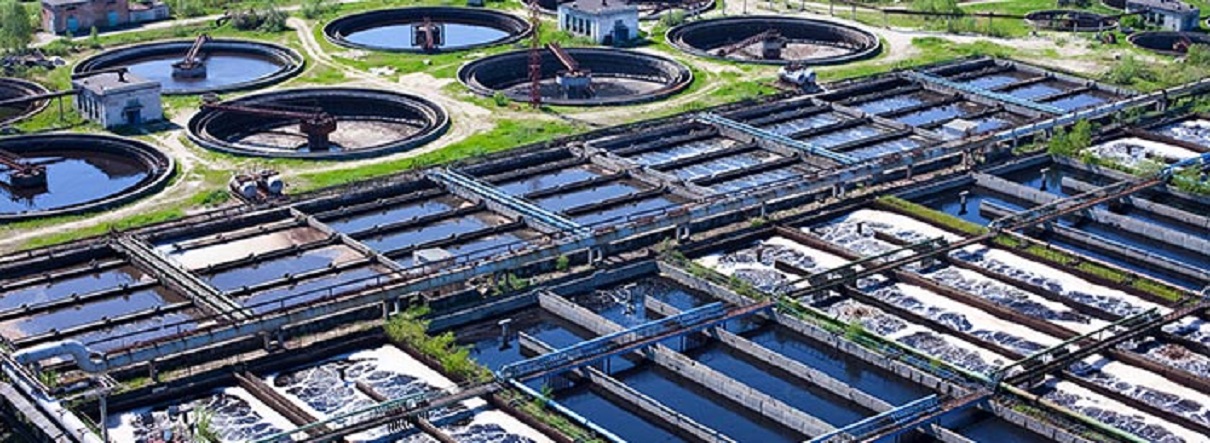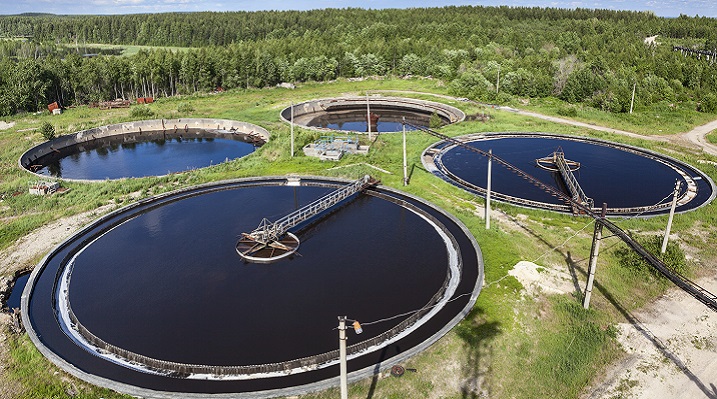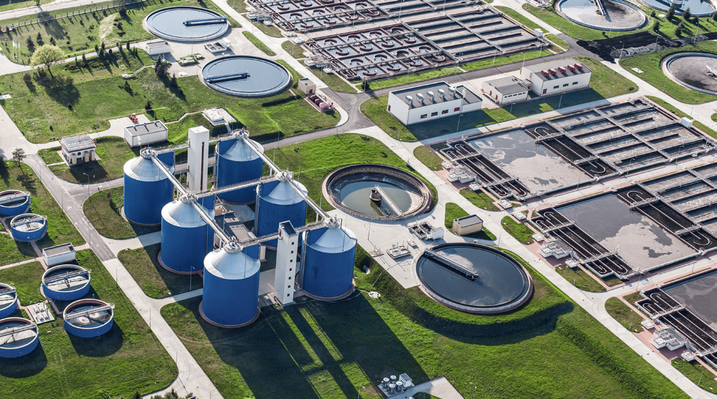Water Treatment Plants
It has become more important and critical than ever in the 21st century to have clean water and environmentally friendly industrial activities. Most industries use water in one way or another in their processes. Once this water is used, it needs to be treated before being disposed of so that it causes no detrimental impact to the environment, whether it is disposed into the natural environment or into sewage networks, the chemical and physical properties of the wastewater need to comply with current regulations in order to protect one from legalities as well. Here is where a water treatment plant becomes the need of the hour as it can help commercial and industrial facilities become environmentally friendly as well as compliant in their wastewater disposal. In this blog, we will cover the four types of water treatment plants, how they work and the many industrial applications of each type.
Pre-fabricated structures are light weight, durable, economical, re-locatable & energy efficient, thus these buildings are in huge demand and have been favored as an alternative to conventional building. Sturdy construction & innovative design makes these buildings earthquake resistant, leak proof & able to withstand any adverse conditions without compromising on building aesthetics.
Types of Water Treatment Plants
1. Wastewater Treatment Plant (WWTP)
Wastewater is the water that originates from water used in domestic, agricultural, industrial as well as medical or transport activities.
Basically, wastewater can be divided into two:
Sewage water :- This is the wastewater that comes from domestic activities such as toilets, showers or even sinks.
Industrial wastewater :- on the other hand, comes from manufacturing, industrial and commercial activities carried and has a completely different composition than sewage water.
Most petroleum refineries or petrochemical as well as chemical industries produce a large amount of wastewater and require on-site wastewater treatment plants. Other industries such as paper and pulp production also give rise to a huge amount of wastewater.
2. Sewage Treatment Plants (STPs)
These plants remove contaminants/sewage waste from households, commercial buildings and sometimes even get an inflow of commercial wastewater too. It can also receive rainwater and debris from sewers. STPs play a critical role in keeping residents healthy and safe by cleaning wastewater with a bunch of chemical, physical and biological procedures before disposing it into the environment.
This treatment phase consists of aerobic aeration. Aeration basins contain aerators, these have a system of pipes or tubes attached to them. They are made of ceramic or rubber membranes that have small holes in them for air to pass through. When this air flows through the aerators, the small holes present, turn them into bubbles and they get mixed with the water column. This interaction of the oxygen with the bacteria in the sewage results in the bacteria digesting the organic matter that gives wastewater the characteristic appearance and smell.
A great example of STP is the treatment plant you find in big cities. Residential households, commercial buildings, municipal wastewater, etc.
3. Effluent Treatment Plants (ETP’s)
As previously seen above, sewage treatment plants provide initial treatment for domestic or municipal purposes. Effluent water treatment plants, on the other hand, are quite the opposite as they treat industrial effluent, that is, the wastewater that occurs as a result of the flow of byproducts from industries.
ETP’s are used in sectors that have high and extensive chemical contamination in the wastewater, such as manufacturing in pharmaceuticals and chemical industries such as textile and dye manufacturing.


/AVIVAET GATE VIEW.jpg)
/MANAGERS QUARTERS AVIVET.jpg)













